UV 3200 Spectrophotometer
Introducing the Labindia Analytical Double Beam UV 3200 Spectrophotometer, designed for precise measurements across 190 to 1100 nm. Ideal for pharmaceutical and biochemical applications, it features simultaneous sample/reference detection, PC software control, and an automatic cell changer. With variable bandwidth and capabilities for quantitative analysis and DNA/protein measurements, this instrument is a versatile solution for modern labs.
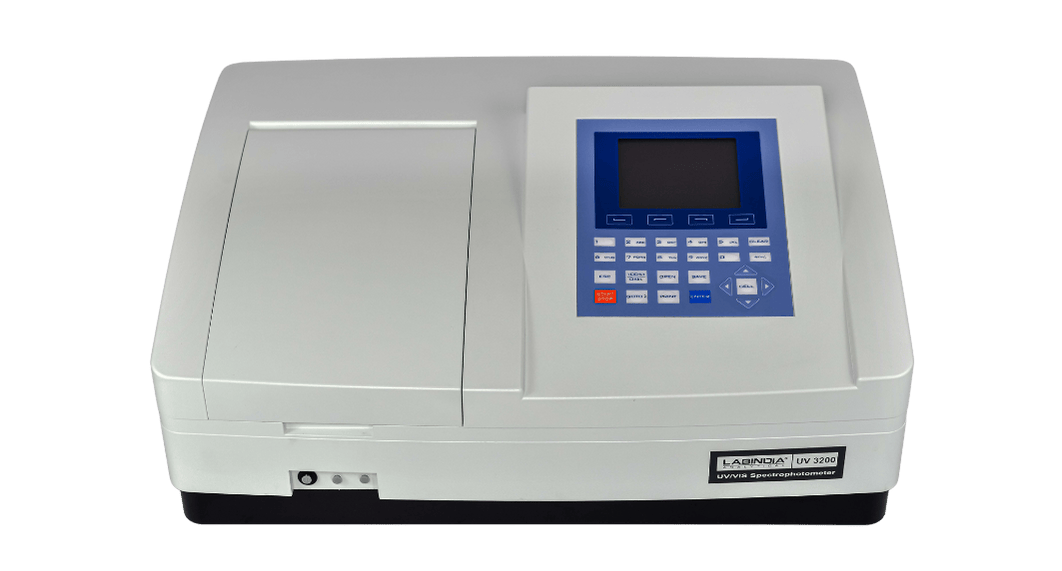
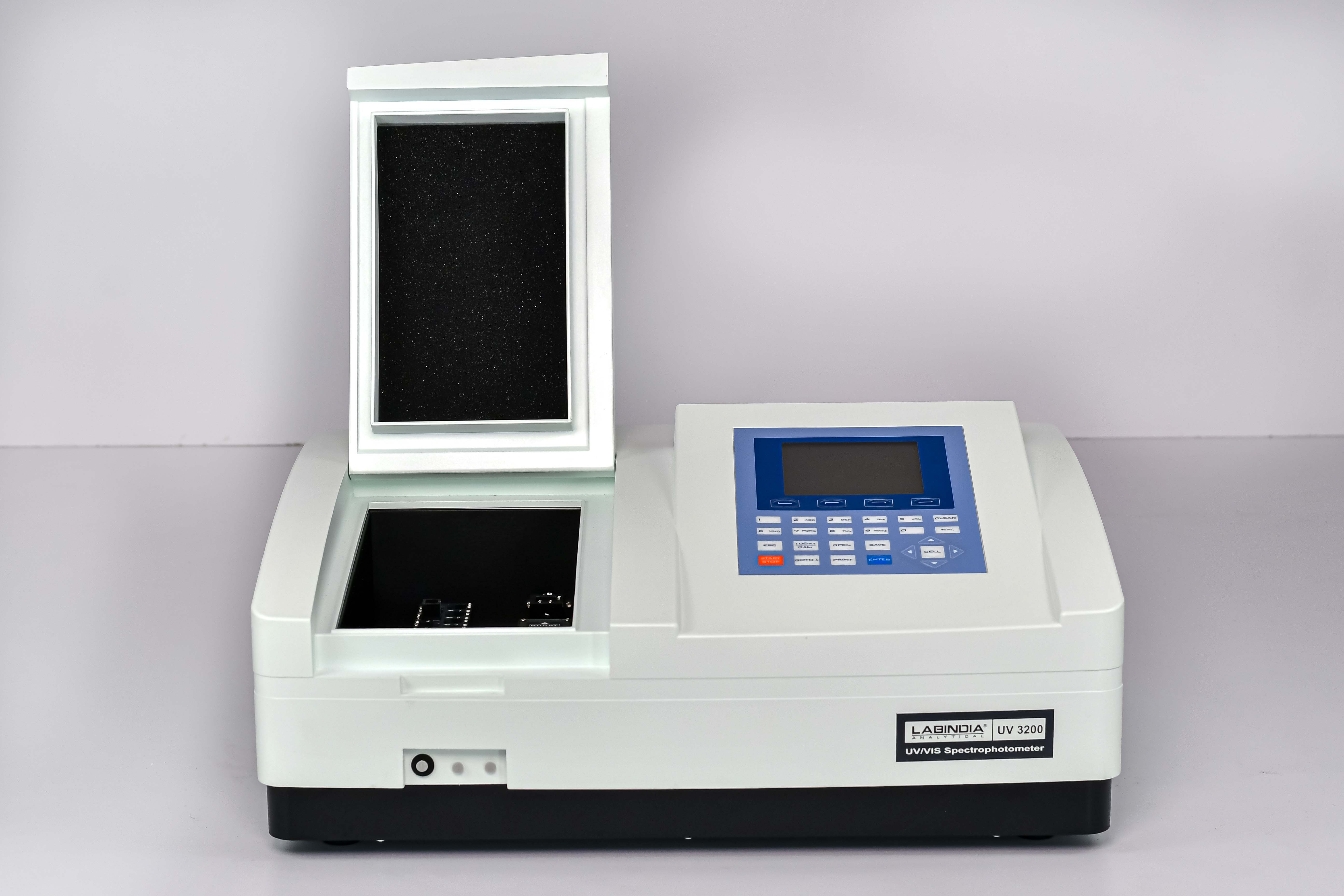
feature-1
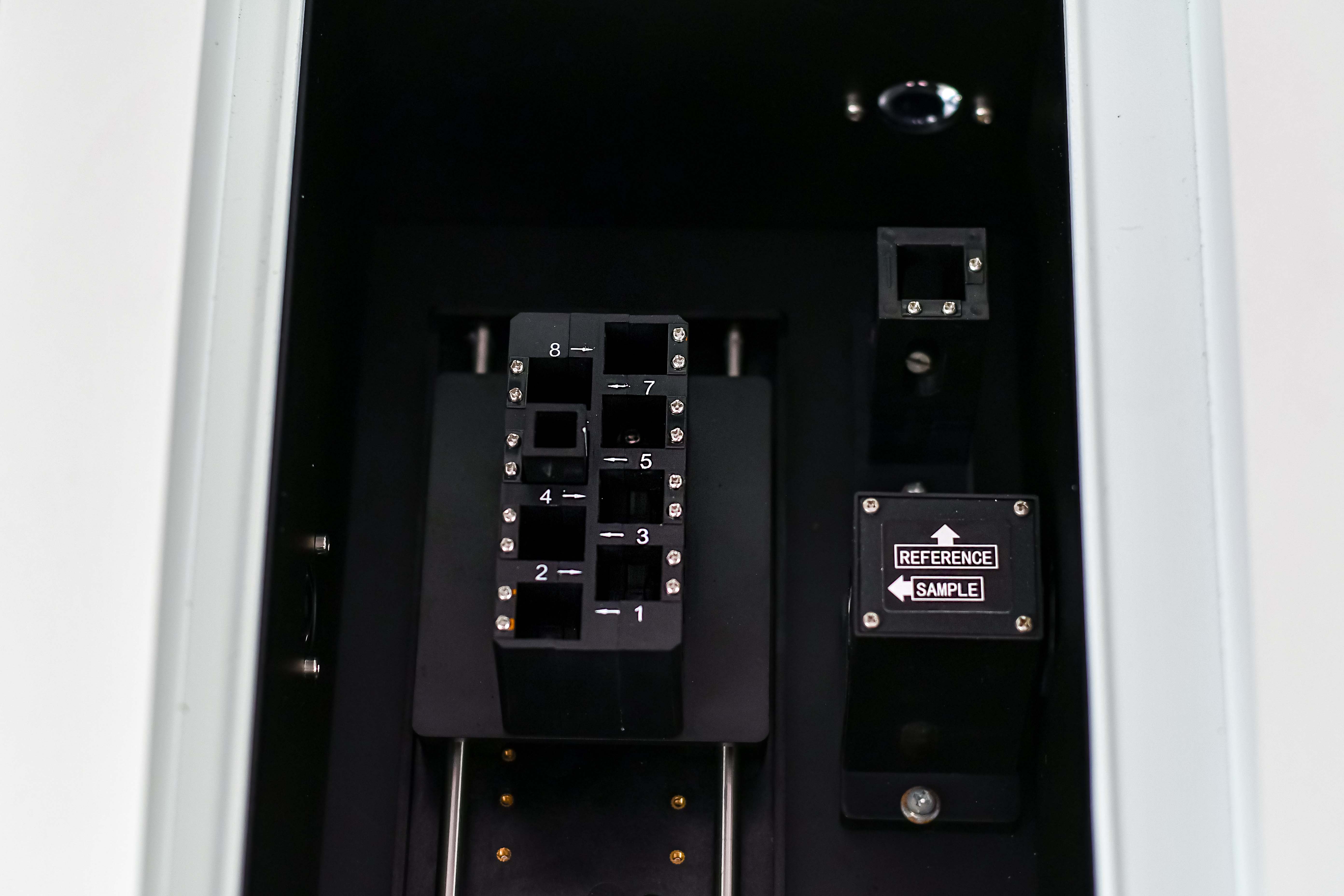
feature-2
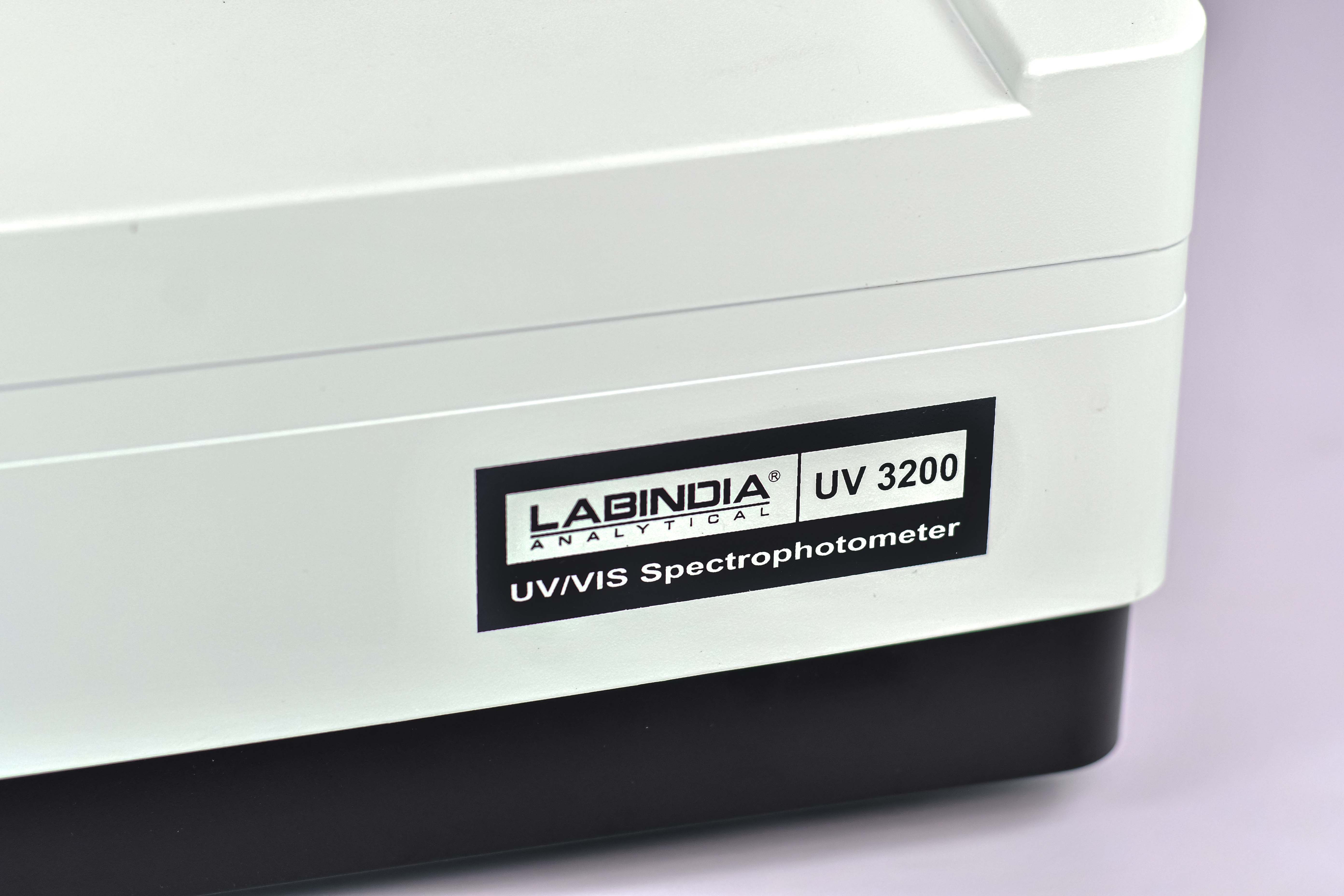
feature-3
UV 3200 Spectrophotometer
Introducing the Labindia Analytical Double Beam UV 3200 Spectrophotometer, designed for precise measurements across 190 to 1100 nm. Ideal for pharmaceutical and biochemical applications, it features simultaneous sample/reference detection, PC software control, and an automatic cell changer. With variable bandwidth and capabilities for quantitative analysis and DNA/protein measurements, this instrument is a versatile solution for modern labs.
Accurate Measurements
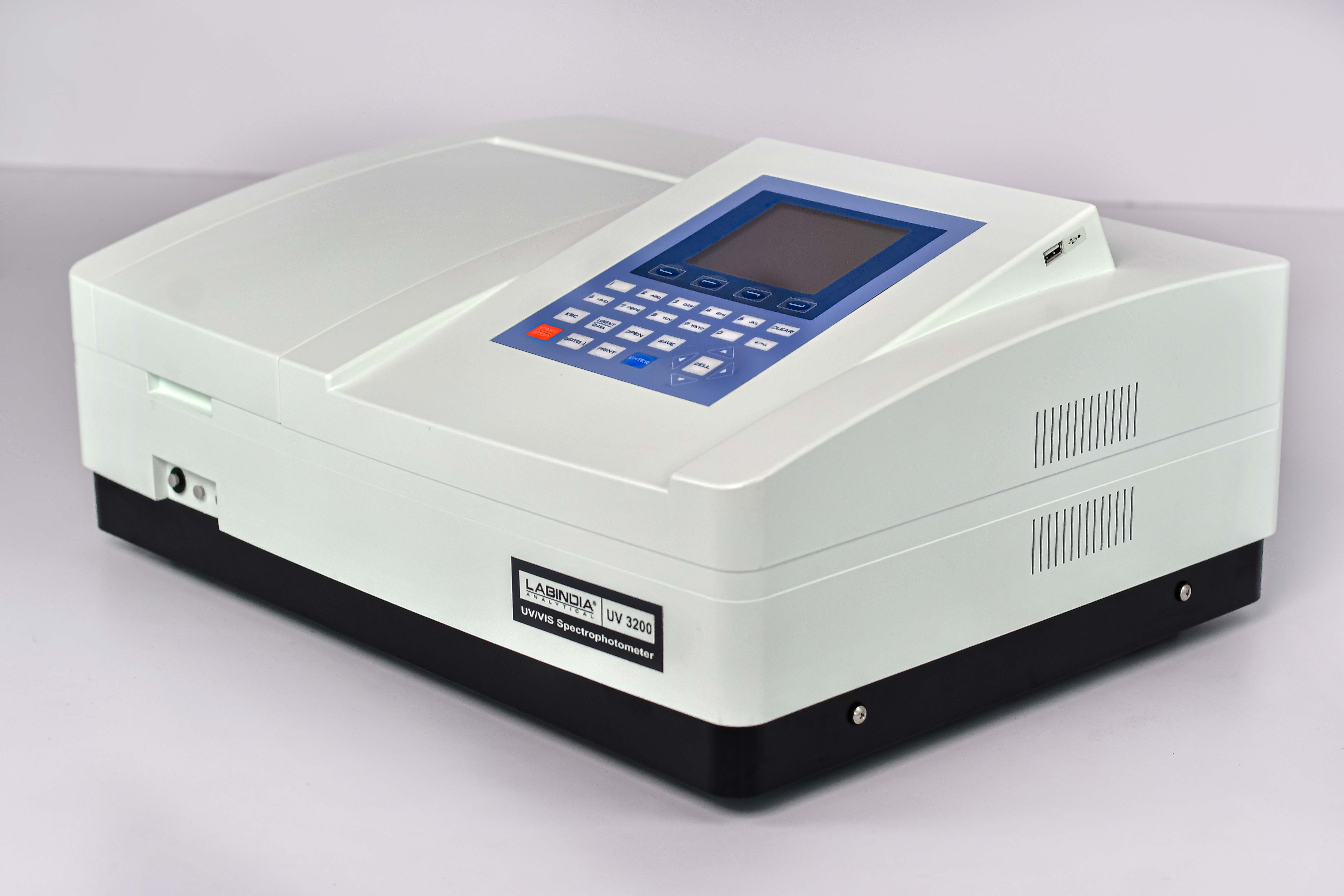
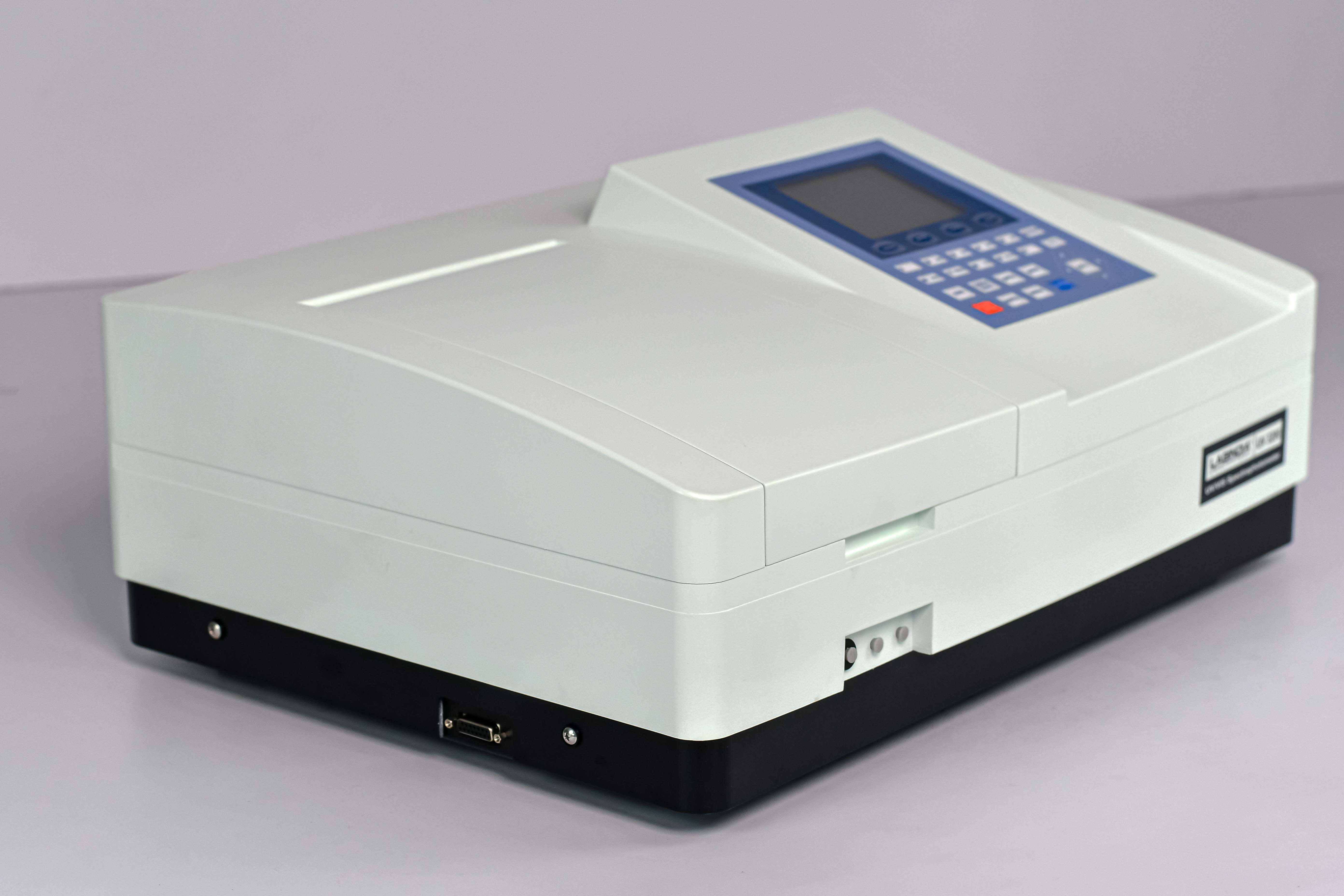
The Double Beam Spectrophotometer (UV 3200) features dual detectors that simultaneously measure sample and reference for enhanced measurement accuracy across a broad wavelength range of 190 to 1100 nm, making it ideal for pharmaceutical and biochemical applications.
Key Features
Equipped with PC Windows software and variable slits, this spectrophotometer supports a variety of techniques, including quantitative analysis, kinetics, and DNA/protein measurement, ensuring reliability and flexibility for modern laboratory needs.
Accurate Performance


